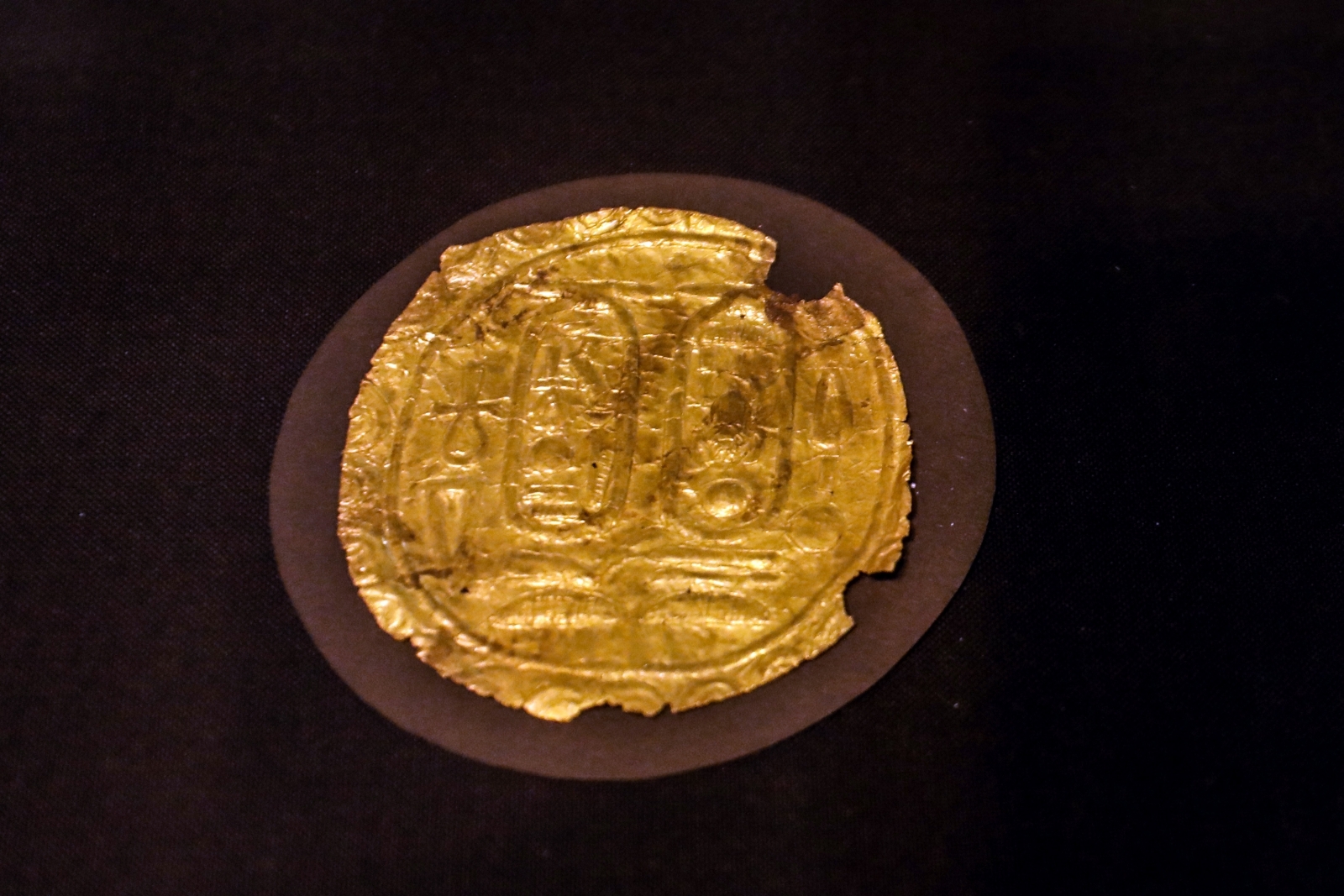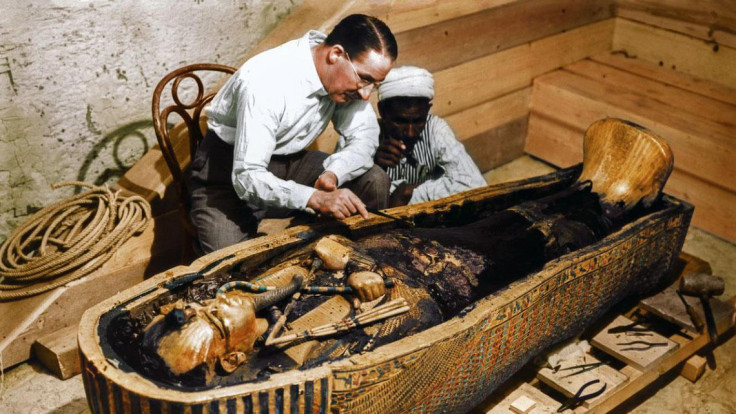Locked away for decades, Egyptian pharaoh Tutankhamun's artefacts finally revealed
The treasures were first discovered in 1922 following which they were immediately put in storage without being examined or restored.
Almost 95 years since the discovery of Egyptian pharaoh Tutankhamun's tomb, the king's personal belongings will finally be revealed to the public. The artefacts had spent close to a century locked in storage at the Egyptian Museum in Cairo without being analysed or restored.
The exhibition was opened to the public on 15 November after it was inaugurated by Antiquities Minister Khaled el-Anani. It features 55 pieces of fabric adorned with gold, depicting Egyptian motifs along with designs typical of the eastern Mediterranean region in the second millennium BC.




"Those pieces are connected to the chariots of Tutankhamun," German conservator Christian Eckmann said of the items. "They were unfortunately in a very bad state of condition."
Despite their condition, the fabric pieces are testimony to the network of social and cultural connections that were in play at the time of King Tut.
The 19-year-old pharaoh's burial chamber was first discovered in 1922 by British archaeologist Howard Carter and had already suffered at the hands of tomb-raiders and due to natural calamities. Despite that, over 5,300 items were found in the tomb, including a solid gold coffin, face mask, thrones, archery bows, trumpets, a lotus chalice, food, wine, sandals, and fresh linen underwear.
The discovery of the young ruler's tomb renewed interest in Egyptian history, making King Tut one of the most well-recognised pharoahs of the ancient world.
In October, history.com reported that scientists were able to offer an idea of the king's cause of death. Using computerised tomography (CT) scans of the mummy, they were able to conduct a "virtual autopsy", the results of which were featured in the documentary Tutankhamen: The Truth Uncovered which aired on BBC last month.
According to scans and DNA tests conducted in 2006, researchers concluded that Tut could have died from an infection after he fractured his left foot. They also found traces of malaria and Kohler disease (a rare and painful bone disorder).























